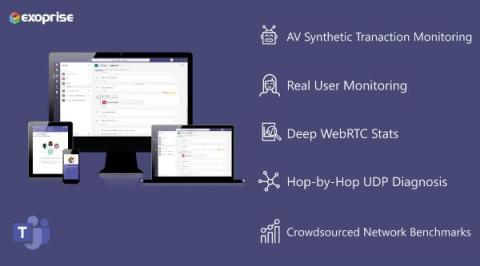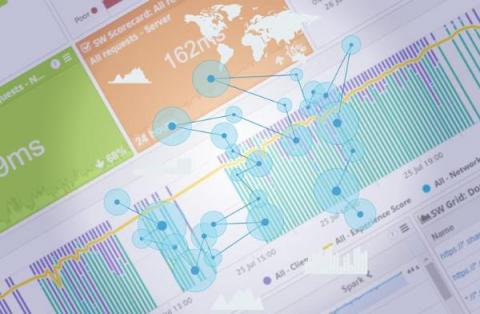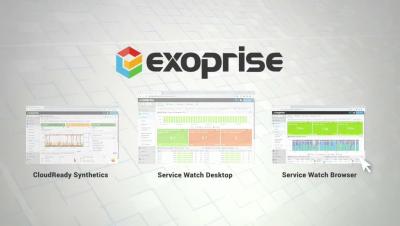Teams | Collaboration | Customer Service | Project Management
Monitoring
How to Get Real-Time Network Insight into Microsoft Teams Call Quality
A recent Exoprise customer survey found that 60-70% of application problems occur within the enterprise environment or home network/ISP. So, if you need to resolve Teams call quality problems, it's best to investigate your network before you try and finger point to Microsoft. In today's article, we see how this applies to Exoprise when team members work from home or in a hybrid work setting. Last Friday, at about 10:00 am EST, I jumped on an impromptu video call with one of my sales colleagues to discuss an ongoing marketing project. Although I am based in the Northern Virginia area, my comrade (as they say in British English!) is from Boston.
Digital Dexterity Enhances Remote and Hybrid Work
The leap to remote work happened nearly overnight with the pandemic, and it’s clear that hybrid work and digital dexterity is the way of the future. As a result of this shift in the way we work, companies have invested in new technologies to adapt to the growing remote world, with 69% of companies planning to increase their investment in digital tools even more in 2022. Additionally, over 90% of businesses strive to implement hybrid work environments.
Make Your Hybrid Work Model Successful with Digital Experience Monitoring
According to a new study, the hybrid work model reduces attrition by a third. As the pandemic shifted work to remote, with some companies going fully remote work for over two years, many organizations are looking to continue to allow hybrid work environments. In 2022, more than 90% of midsize companies plan to implement a hybrid work structure. One of our customers practices this model and is always interested to know what new features can enhance the digital experience of their distributed workforce.
How to Choose a Microsoft Teams Monitoring Solution
When end-users constantly complain about bad network quality or poor audio video conference experience, you know it's time to shop for a Team's monitoring tool. And your Teams monitoring solution needs to be proactive, provide insight into hybrid work environments, and support real-time diagnosis of network issues for your end-users no matter where they work from. Business leaders rely more than ever on technology teams to deliver a successful company ROI. But problems with complex Teams deployment and unsatisfied workers can lead to increased costs and lower productivity.
Predictive Analytics - The What, How and Why?
The Exoprise marketing team sat down with their CEO, Jason Lieblich, to discuss predictive analytics, market trends, and the technology’s usage in troubleshooting network issues.
Microsoft Teams Down, July 20th, 2022
Microsoft’s unified communication and collaboration tool Teams suffered an hours-long outage on July 20, 2022 — affecting thousands of users globally. Exoprise sensors successfully detected Teams outage at least 30 mins before Microsoft officially confirmed the outage on its MSFT365status Twitter account. Below is what users saw when trying to access the Teams app or leverage any of its features.
Application Performance Monitoring Needs a Makeover With Digital Experience Monitoring
Virtual collaboration is the new name of the business game in 2022, with at least 25% of employees in the US predicted to be working remotely by the end of the year. As the Work-from-anywhere movement continues to grow and online meetings become the industry standard, remote employees increasingly rely on access to SaaS and mission-critical services directly from the Internet.
The Proactive IT Manager for Digital Experience Monitoring
As remote working culture becomes more prevalent, technology is now at the core of many business operations, and digital experience monitoring (DEM) has never been more important. In today's business, IT must help increase employee productivity and drive business growth rather than just solve problems at the support desk. Many companies have not yet fully implemented their digital experience strategy. As a result, many problems related to different devices, network conditions, and service providers are still plaguing the industry and ruining the employee experience.











